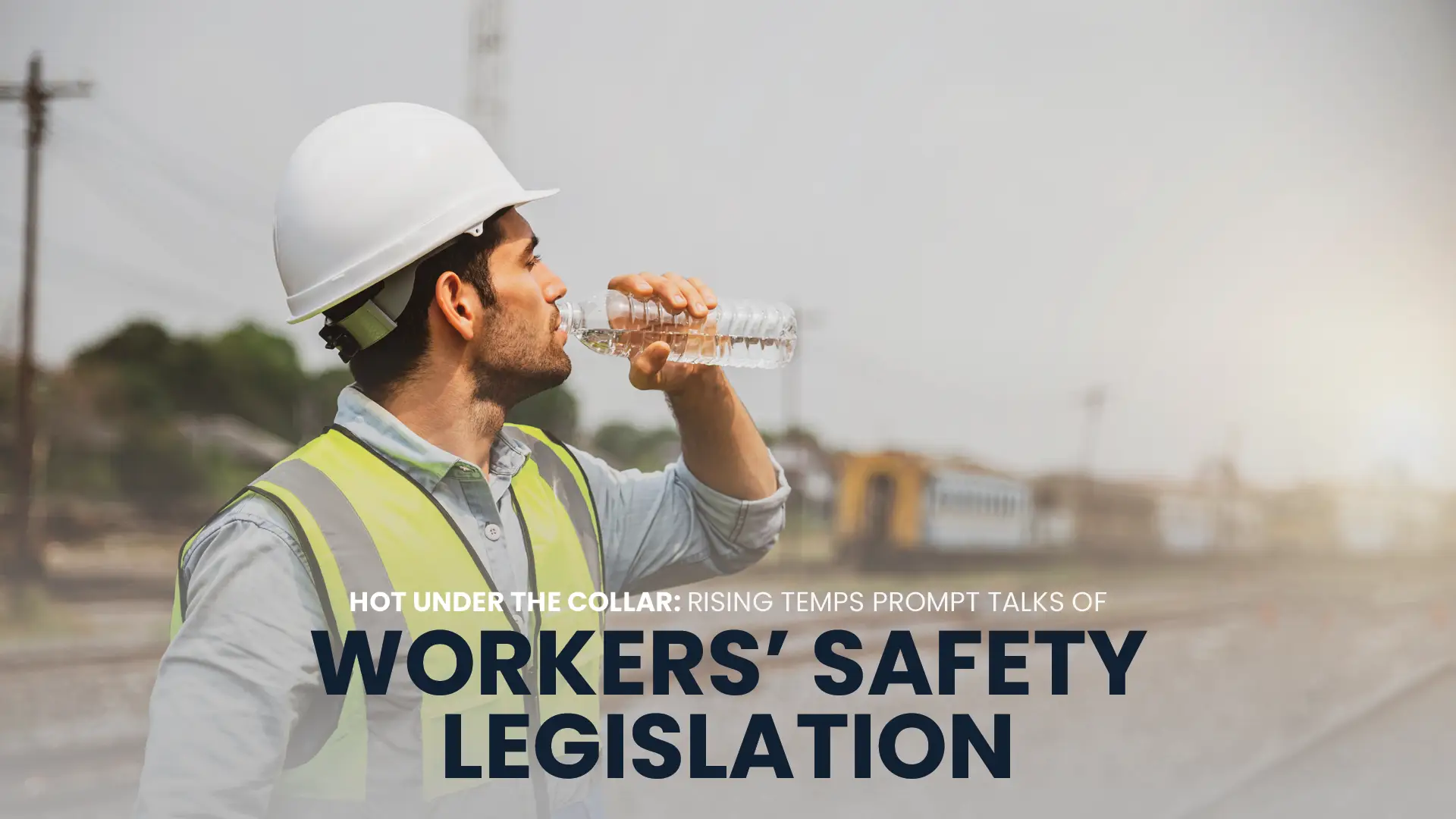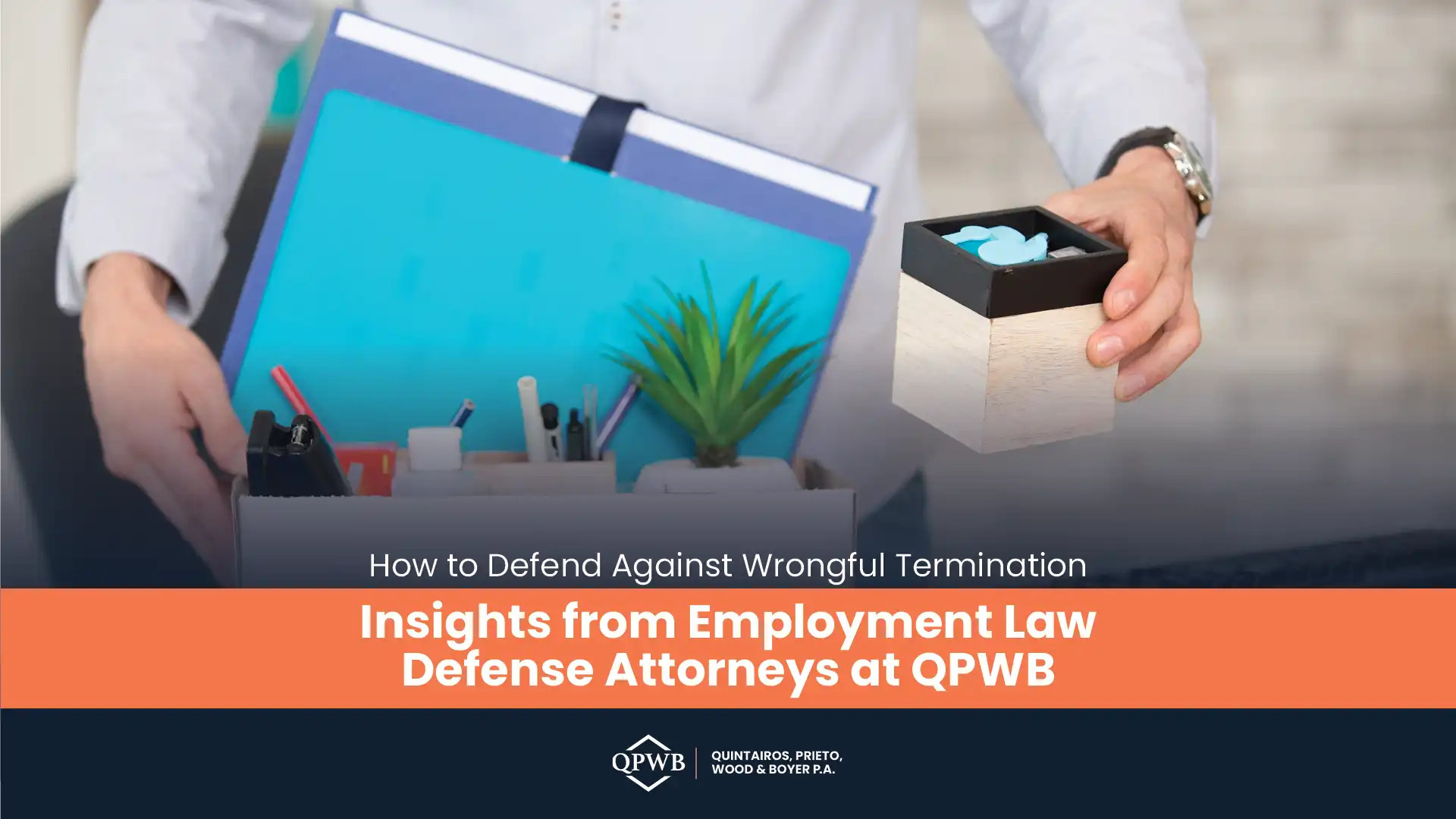23 February, 2024
Hot Under the Collar: Rising Temps Prompt Talks of Workers Safety Legislation
In: Client Alert
Comments: 0

Article By Terence Cushing
On July 27, 2023, the Biden Administration announced new intentions to protect workers nationwide from heat related injuries. On the same day, the President hosted the mayors of often-sweltering Phoenix, Arizona and San Antonio, Texas to discuss the impact of extreme heat on their cities' workers. Yet, the issue of extreme temperatures and its effect on those laboring in the summer sun largely remains an unresolved one.
News outlets tend to focus on natural disasters such as tornados, hurricanes, floods, and mudslides, among others. However, the Administration has relied on studies that conclude that the number one cause of weather-related workers' deaths in America is heat. Despite identifying the problem nearly seven months ago, some are concerned the Administration has not moved forward with any meaningful legislation or regulations to date.
Last week, ten state Attorneys General (plus the District of Columbia) joined with Maryland Attorney General Anthony G. Brown in announcing the formation of a coalition to enact protections for outdoor workers. They pointed out that the Occupational Safety and Health Administration (OSHA) currently has no heat-related standards in place for workers. They implored both OSHA and Congress to act and to do so before the summer temperatures arrive. Last summer reportedly was the hottest one on record and experts predict this coming summer will be even hotter.
The states joining this cause are New York, Arizona, Colorado, Connecticut, Illinois, Maine, Massachusetts, New Jersey, and Pennsylvania, as well as the District of Columbia. Of those, Arizona stands out as perhaps the state most affected by extreme heat, at least based on temperatures alone. (Perhaps paradoxically, Arizona's all-time high temperature record, 128 degrees, has stood unchanged for nearly 30 years, while the nation's all-high temperature record, 134 degrees, has stood for over 110 years.)
Parts of Arizona are stifling for more than five months out of the year, with Phoenix experiencing approximately 300 days of sunshine each year. Arizona protects its workers from the effects of heat-related conditions, in part, with its workers' compensation laws. The burden is squarely on the worker to prove, often by way of expert medical testimony, that the heat-related injury or condition was related to the work itself and a known risk associated with the work. The law also covers "occupational diseases" arising from heat, such as heatstroke. Again, the injured party must prove that the heat-related "disease" was caused by work. When extreme heat envelops the entire Valley of the Sun, it can be difficult to show that outdoor work activities caused the injury, not simply the high temperatures themselves, which can affect everyone.
For now, states are invited to pass their own legislation tackling issues related to extreme heat. With summer around the corner, many are pushing for national standards to be passed immediately. Outdoor workers no doubt hope this effort is not simply to show some action on the issue, but a genuine effort to pass regulations that offer them a safeguard from extreme summer temperatures.




